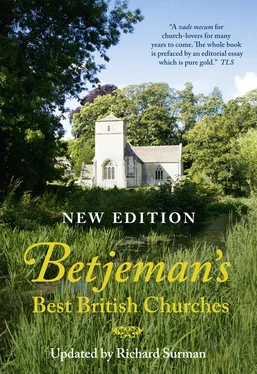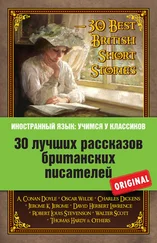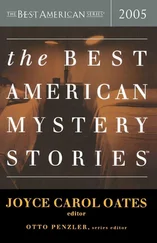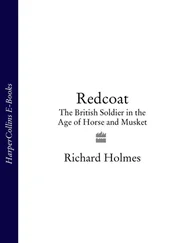From the first wooden church put up in a forest clearing or stone cell on windy moor to the newest social hall, with sanctuary and altar partitioned off, built on the latest industrial estate, our churches have existed chiefly for the celebration of what some call the Mass, or the Eucharist and others call Holy Communion or the Lord’s Supper.
Between the early paganism of Britain and the present paganism there are nearly twenty thousand churches and well over a thousand years of Christianity. More than half the buildings are medieval. Many of those have been so severely restored in the last century that they could almost be called Victorian – new stone, new walls, new roofs, new pews. If there is anything old about them it is what one can discern through the detective work of the visual imagination.
It may be possible to generalize enough about the parish church of ancient origin to give an impression of how it is the history of its district in stone and wood and glass. Such generalization can give only a superficial impression. Churches vary with their building materials and with the religious, social and economic history of their districts.
The Outside of the Church – Gravestones
See on some village mount, in the mind’s eye, the parish church of today. It is in the old part of the place. Near the church will be the few old houses of the parish, and almost for certain there will be an inn very near the church. A lych-gate built as a memorial at the beginning of this century indicates the entrance to the churchyard. Away on the outskirts of the town or village, if it is a place of any size, will be the arid new cemetery consecrated in 1910 when there was no more room in the churchyard.
Nearer to the church and almost always on the south side are to be found the older tombs, the examples of fine craftsmanship in local stone of the Queen Anne and Georgian periods. Wool merchants and big farmers, all those not entitled to an armorial monument on the walls inside the church, generally occupy the grandest graves. Their obelisks, urns and table tombs are surrounded with Georgian ironwork. Parish clerks, smaller farmers and tradesmen lie below plainer stones. All their families are recorded in deep-cut lettering. Here is a flourish of 18th-century calligraphy; there is reproduced the typeface of Baskerville. It is extraordinary how long the tradition of fine lettering continued, especially when it is in a stone easily carved or engraved, whether limestone, ironstone or slate. The tradition lasted until the middle of the 19th century in those country places where stone was used as easily as wood. Some old craftsman was carving away while the young go-aheads in the nearest town were busy inserting machine-made letters into white Italian marble.
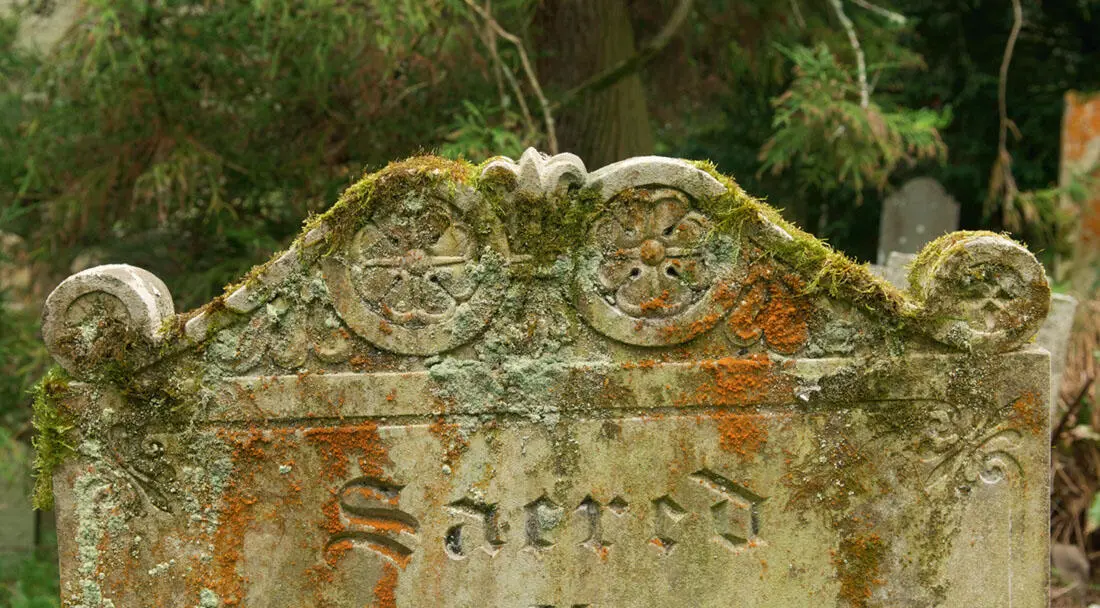
ST JUST-IN-ROSELAND: ST JUST – coastal lichen and moss on one of the headstones
© Michael Ellis
The elegance of the local stone carver’s craft is not to be seen only in the lettering. In the 18th century it was the convention to carve symbols round the top of the headstone and down the sides. The earlier examples are in bold relief, cherubs with plough-boy faces and thick wings, and scythes, hour glasses and skulls and cross-bones diversify their tops. You will find in one or another country churchyard that there has been a local sculptor of unusual vigour and perhaps genius who has even carved a rural scene above some well-graven name. Towards the end of the 18th century the lettering becomes finer and more prominent, the decoration flatter and more conventional, usually in the Adam manner, as though a son had taken on his father’s business and depended on architectural pattern-books. But the tops of all headstones varied in shape. At this time too it became the custom in some districts to paint the stones and to add a little gold leaf to the lettering. Paint and stone by now have acquired a varied pattern produced by weather and fungus, so that the stones are probably more beautiful than they were when they were new, splodged as they are with gold and silver and slightly overgrown with moss. On a sharp frosty day when the sun is in the south and throwing up the carving, or in the west and bringing out all the colour of the lichens, a country churchyard may bring back the lost ages of craftsmanship more effectively than the church which stands behind it. Those unknown carvers are the same race as produced the vigorous inn signs which were such a feature of England before the brewers ruined them with artiness and standardization. They belong to the world of wheelwrights and wagon-makers, and they had their local styles. In Kent the chief effect of variety was created by different-sized stones with elaborately-scalloped heads to them, and by shroud-like mummies of stone on top of the grave itself; in the Cotswolds by carving in strong relief; in slate districts by engraved lettering. In counties like Surrey and Sussex, where stone was rare, there were many wooden graveyard monuments, two posts with a board between them running down the length of the grave and painted in the way an old wagon is painted. But most of these wooden monuments have perished or decayed out of recognition.
‘At rest’, ‘Fell asleep’, ‘Not dead but gone before’ and other equally non-committal legends are on the newer tombs. In Georgian days it was the custom either to put only the name or to apply to the schoolmaster or parson for a rhyme. Many a graveyard contains beautiful stanzas which have not found their way to print and are disappearing under wind and weather. Two of these inscriptions have particularly struck my fancy. One is in Bideford and commemorates a retired sea-captain Henry Clark, 1836. It summarizes for me a type of friendly and pathetic Englishman to be found hanging about, particularly at little seaports.
For twenty years he scarce slept in a bed;
Linhays and limekilns lull’d his weary head
Because he would not to the poor house go,
For his proud spirit would not let him to.
The black bird’s whistling notes at break of day
Used to wake him from his bed of hay.
Unto the bridge and quay he then repaired
To see what shipping up the river stirr’d.
Oft in the week he used to view the bay,
To see what ships were coming in from sea,
To captains’ wives he brought the welcome news,
And to the relatives of all the crews.
At last poor Harry Clark was taken ill,
And carried to the work house ’gainst his will:
And being of this mortal life quite tired,
He lived about a month and then expired.
The other is on an outside monument on the north wall of the church at Harefield, near Uxbridge, one of the last three country villages left in Middlesex. It is to Robert Mossendew, servant of the Ashby family, who died in 1744. Had he been a gentleman his monument would at this time have been inside the church. He was a gamekeeper and is carved in relief with his gun above this inscription.
In frost and snow, thro’ hail and rain
He scour’d the woods, and trudg’d the plain;
The steady pointer leads the way,
Stands at the scent, then springs the prey;
The timorous birds from stubble rise,
With pinions stretch’d divide the skies;
The scatter’d lead pursues the sight
And death in thunder stops their flight;
His spaniel, of true English kind,
With gratitude inflames his mind;
This servant in an honest way,
In all his actions copies Tray.
The churchyard indeed often contains cruder but more lively and loving verses than the polished tributes inscribed in marble tablets within the church to squires and peers and divines of the county hierarchy. The Dartmoor parish of Buckland Monachorum displays this popular epitaph to a blacksmith which may be found in other parishes:
Читать дальше
